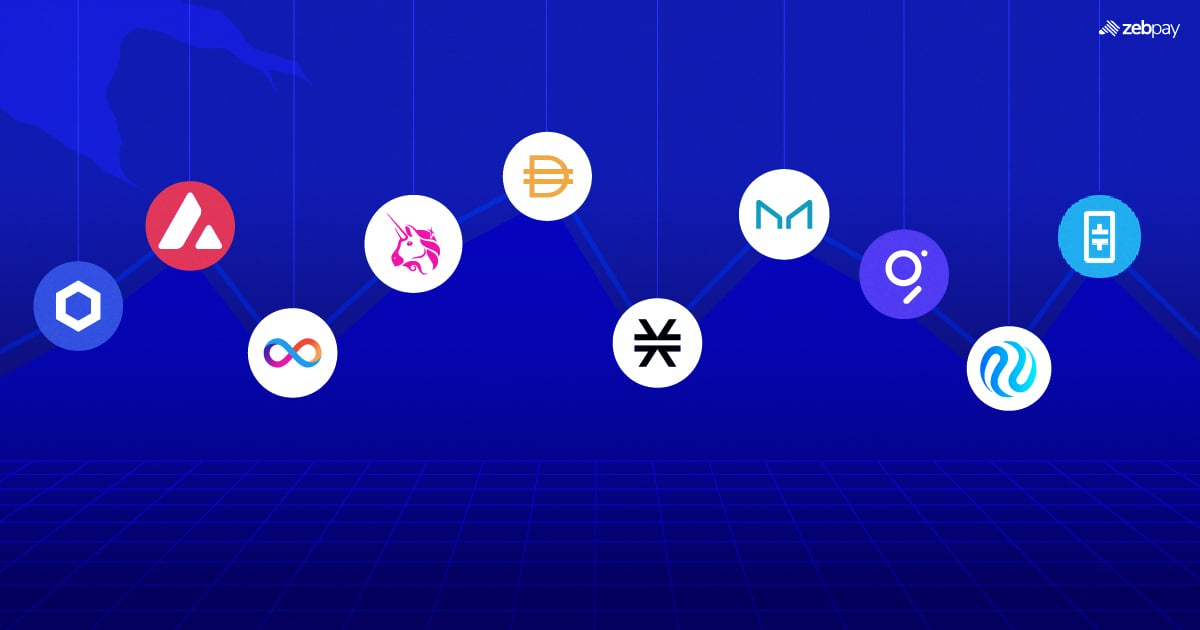The Evolution of Influencer Codes: As the digital landscape evolves, so do influencer codes. Brands and influencers are finding creative ways to enhance the effectiveness of these codes and further optimize their marketing efforts. Some notable trends and advancements include:
-
Gamification of Influencer Codes:
- Brands are increasingly incorporating gamification elements into influencer codes. This could involve challenges, contests, or exclusive access to events for users who use the code. This not only boosts engagement but also creates a sense of community around the brand.
-
Multi-platform Integration:
- Influencers often have a presence across various social media platforms. Brands are now utilizing influencer codes across multiple platforms to reach diverse audiences. This cross-platform approach ensures a broader reach and maximizes the impact of the influencer’s promotional efforts.
-
Interactive Content and Storytelling:
- Beyond a simple discount, influencers are using their codes as part of interactive content and storytelling. This might involve showcasing the product in real-life scenarios, sharing personal experiences, or providing behind-the-scenes glimpses. Such approaches make the promotional content more engaging and relatable.
-
Sustainability and Social Causes:
- Influencers are increasingly aligning themselves with brands that share their values, especially concerning sustainability and social causes. Influencer codes are used not only to promote products but also to support charitable initiatives, encouraging followers to make purchases that contribute to a greater good.
-
Inclusive Influencer Marketing:
- Brands are recognizing the importance of diversity and inclusivity in their marketing strategies. Influencer codes are being used to collaborate with influencers from various backgrounds, ensuring a more inclusive representation in promotional campaigns.
Challenges and Considerations:
While influencer codes offer numerous benefits, brands must navigate potential challenges:
-
Saturation and Authenticity:
- With the rise in popularity of influencer marketing, audiences may become desensitized to promotional content. Maintaining authenticity and ensuring that influencer partnerships align with the brand’s image are crucial for sustained success.
-
Regulatory Compliance:
- As influencer marketing grows, regulatory bodies are paying more attention. Brands and influencers must adhere to guidelines regarding transparency, disclosure of partnerships, and proper use of promotional codes to avoid legal issues and maintain trust.
-
Measurement and Attribution:
- Accurately attributing sales and engagement to influencer marketing efforts can be challenging. Brands should invest in robust analytics tools to measure the impact of influencer codes accurately.
Conclusion:
Influencer codes have become a dynamic force in the marketing landscape, driving brand engagement and fostering authentic connections between influencers and consumers. As brands and influencers continue to innovate, the future of influencer codes promises even more creativity, interactivity, and meaningful collaborations. By staying attuned to the evolving preferences of digital audiences, brands can harness the full potential of influencer codes to not only boost sales but also build lasting relationships with their target demographic.









